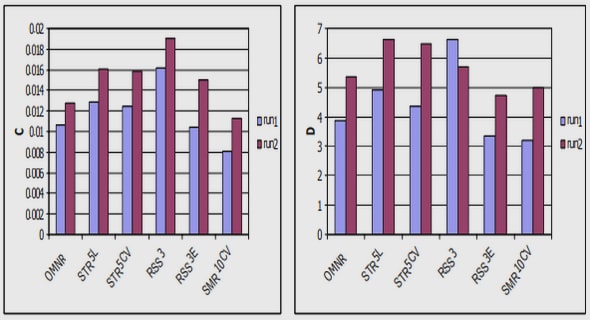(Downloads - 1)
For more info about our services contact : help@bestpfe.com
Table of contents
Introduction
1 Introduction to high energy gamma-rays astronomy
1.1 Introduction
1.2 Cosmic ray
1.2.1 Energy spectrum
1.3 Gamma rays
1.3.1 Production mechanisms
1.3.2 Detection mechanisms
1.3.3 Cherenkov light
1.4 Cherenkov Telescope Array (CTA)
1.5 Large Size Telescope (LST)
1.5.1 First generation camera of the LST
1.5.2 Second generation LST camera
1.6 Conclusion
2 SiPM based camera
2.1 Introduction
2.2 Photo detection principle
2.3 Photomultiplier tube (PMT)
2.4 Semiconductor photodetectors
2.4.1 PN junction
2.4.2 PIN junction
2.4.3 Avalanche Photodiode (APD)
2.4.4 Geiger-Mode Avalanche Photodiode (G-APD)
2.5 Silicon Photo-Multiplier (SiPM)
2.5.1 SiPM industrial variety
2.5.2 Multi-pixel Silicon photo multiplier (SiPM matrix)
2.5.3 SiPM in astrophysics instruments
2.6 4 × 4 SiPM matrix characterization
2.6.1 Test bench
2.6.2 Temperature Measurement
2.6.3 Pedestals
2.6.4 Gain variation with over voltage
2.6.5 Optimum operating point
2.6.6 Gain dispersion among the 16 pixels
2.6.7 Noise in SiPM
2.7 SiPM Modeling
2.8 Conclusion
3 ALPS Design
3.1 Introduction
3.2 State of the art in readout-electronics
3.3 Readout chip, block diagram development
3.4 The preamplifier
3.4.1 Interface with the detector – Input stage
3.4.1.1 Transimpedance amplifier
3.4.1.2 Current amplifier (current conveyor)
3.4.2 Gain stage
3.4.3 Current mirror choice
3.4.3.1 Simple current mirror
3.4.3.2 Cascode current mirror
3.5 Proposed preamplifier and simulation results
3.5.1 Symmetric currents (transimpedance gain)
3.5.2 Symmetric loads (current gain)
3.5.3 Combination of transimpedance and current adjustment
3.5.4 Response speed
3.5.5 Dynamic range, Linearity
3.5.6 Signal to noise ratio
3.5.7 Power consumption
3.6 Slow control
3.6.1 8-bit DAC for per-pixel over-voltage control
3.6.2 Preamplifier gain correction
3.6.3 Noisy channel elimination function
3.7 Analog sum function
3.8 Trigger
3.9 Overall chip and layout
3.10 Single-ended to differential converter
3.11 Conclusion
4 ALPS experimental results and measurements
4.1 Introduction
4.2 Test board design
4.2.1 Labview slow control interface
4.3 Test bench of Electrical tests
4.4 Preamplifier tests
4.4.1 Linearity and dynamic range
4.4.2 Signal shape
4.5 Slow control tests
4.5.1 Residual pedestal
4.5.2 Gain control
4.5.3 Gain equalization
4.5.4 Noisy channel suppression
4.5.5 Bypassing gain control
4.6 Sum function
4.6.1 The shape of output signal
4.6.2 Sum as a function of the controlled gain
4.6.3 Sum of different signals
4.6.4 Sum as a function of the input level
4.7 Test bench for ALPS test with SiPM
4.8 Signal shape
4.9 Conclusion
Summary
A Terminology of photodetector devices
B Electrical tests (continuation)
B.1 Residual pedestal
B.2 Gain control
B.3 Gain equalization
B.4 Sum as a function of the input level
C ALPS tests with SiPM (Specification)
C.1 Light emitting diode LED
C.2 Optical filters
C.3 Preamplifier test
C.4 Sum Function
References




